Schrödinger’s Cat
Performance, Symposium Transition Curve and Superelevation Ramp, HfbK University of Fine Arts (HfbK), Hamburg, 1992
With his thought experiment of 1935, Erwin Schrödinger illustrates the gap between the world of our experience and that of quantum mechanics. A cat is locked into a steel chamber for one hour, together with a radioactive sample with a 50% probability of decay. Should radioactive decay occur, a killing mechanism is activated. The indeterminacy of the elementary atomic process is transposed onto the state of the cat: from the viewpoint of quantum mechanics the cat in the steel case is at the same time half dead and half alive. Only when the case is opened, can its state be determined. Nana Petzet had a comparable steel case built and reflected upon the realization of the experiment, although the world of our experience does not correspond to that of the microcosm of quarks and quanta. She thus pointed to fundamental questions which yet remain to be resolved, even though the technical usage of quantum mechanics functions superbly, allowing new technologies from nuclear fission to microelectronics and genetic engineering to emerge.
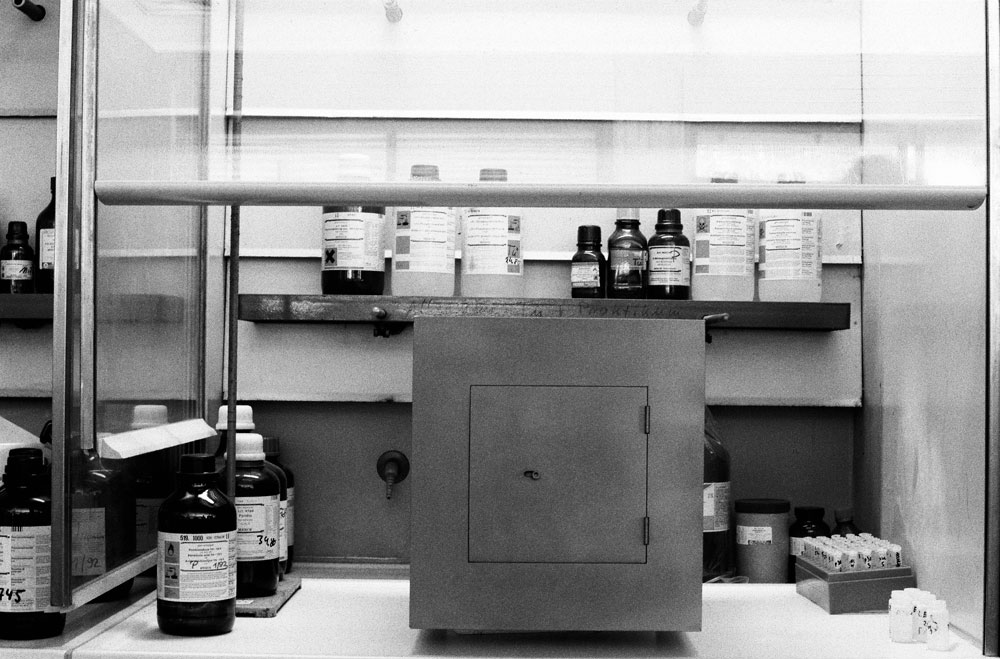 1
1
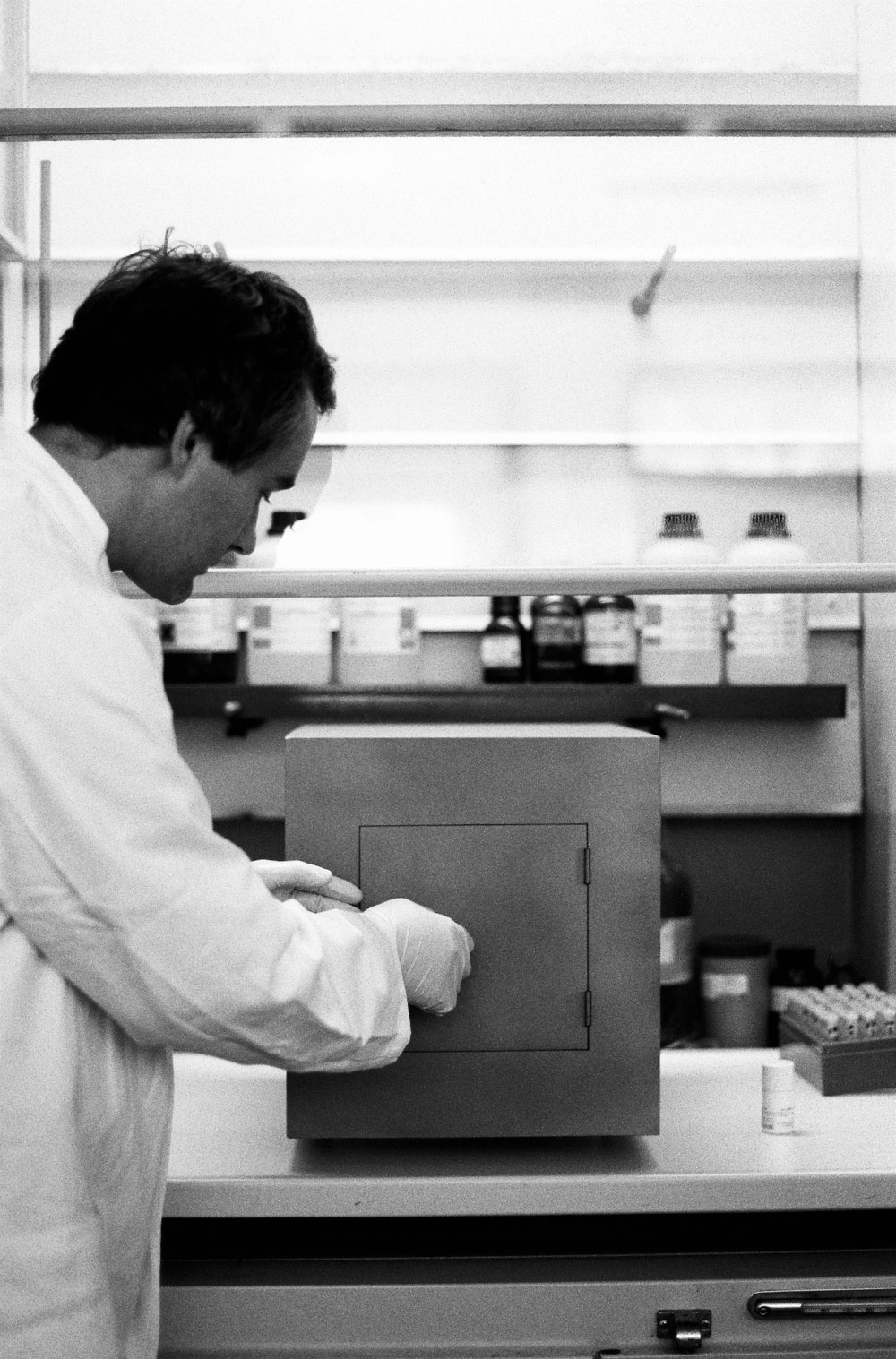 2 Molecular biologist Boris Steipe, Schrödinger’s box, steel, small door with lock, 38 x 35 x 45 cm, laboratory at the Max Planck Institute, Martinsried, Munich 1992
2 Molecular biologist Boris Steipe, Schrödinger’s box, steel, small door with lock, 38 x 35 x 45 cm, laboratory at the Max Planck Institute, Martinsried, Munich 1992
 3
3
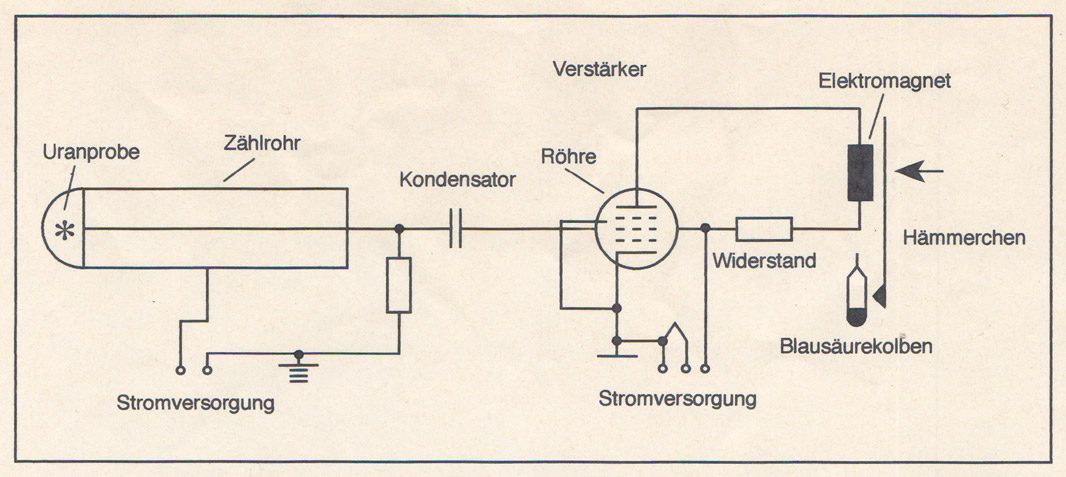 4
4
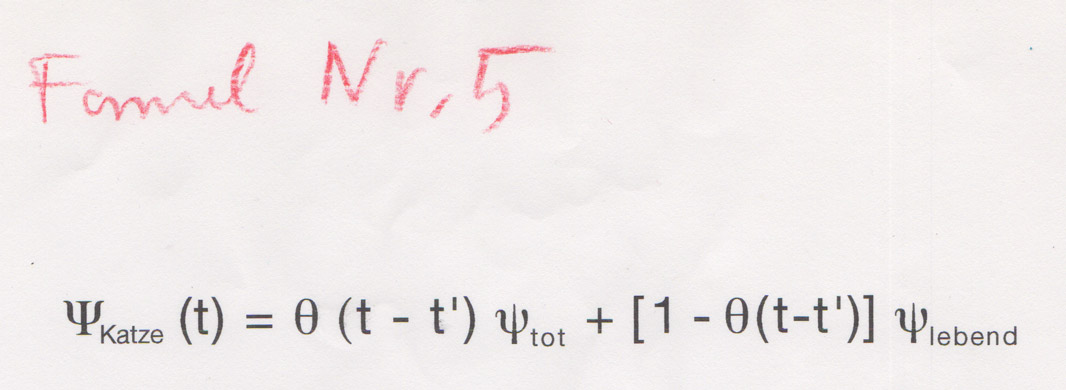 5 State function of cats in Schrödinger’s thought experiment (formula: Ulf Seekamp)
5 State function of cats in Schrödinger’s thought experiment (formula: Ulf Seekamp)
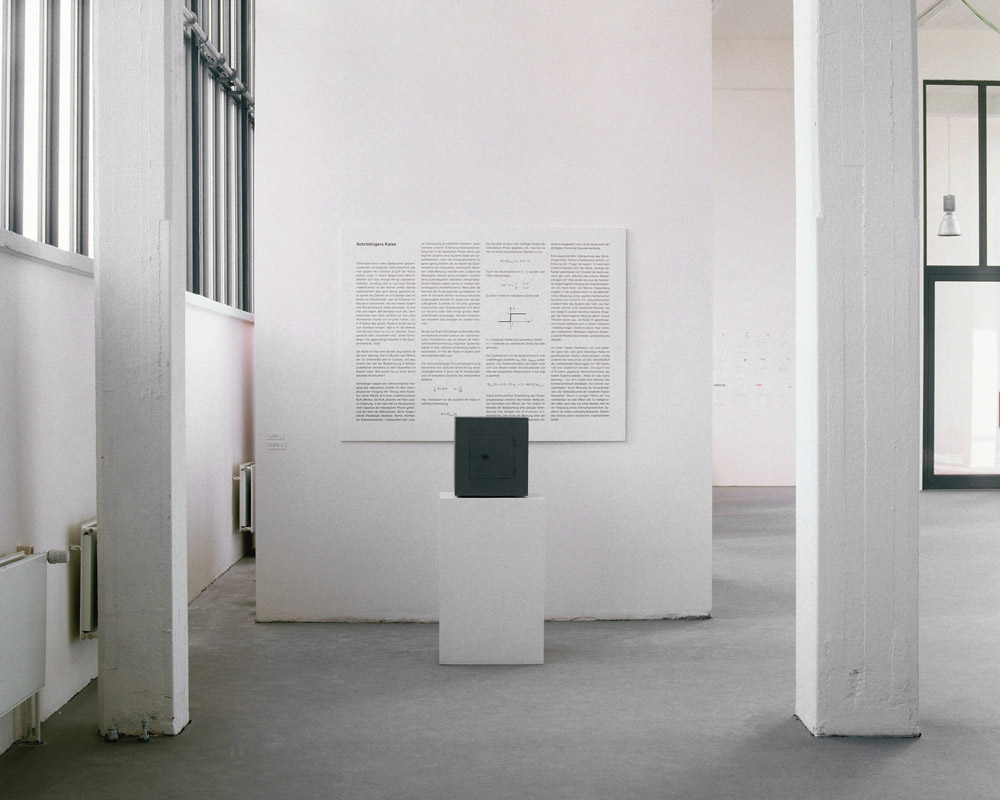 6 Exhibition Backstage, Kunstverein Hamburg, 1993
6 Exhibition Backstage, Kunstverein Hamburg, 1993
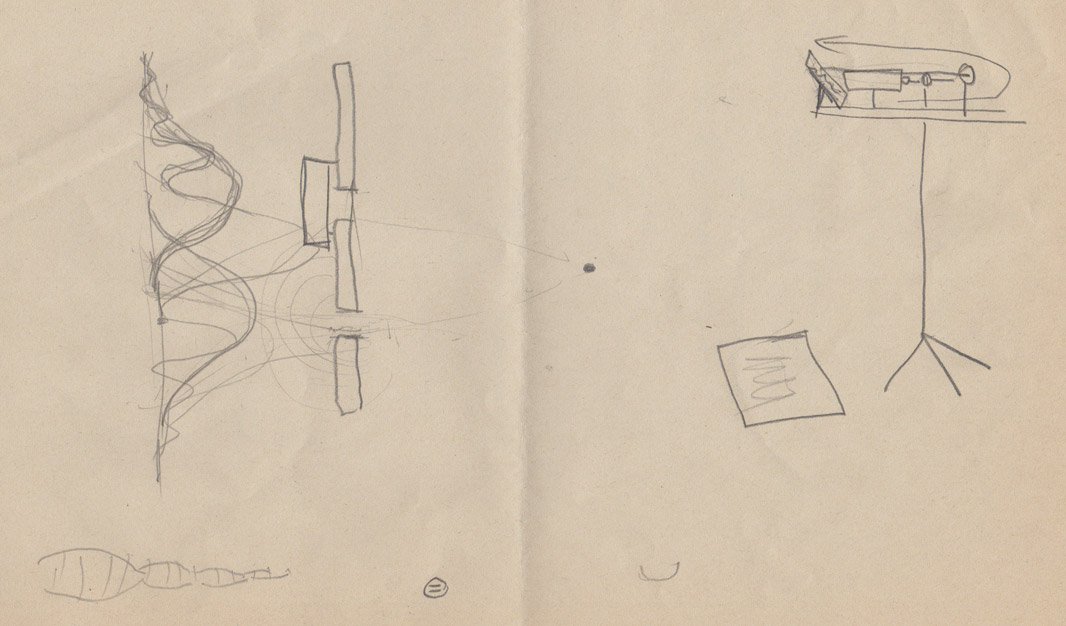 7
7
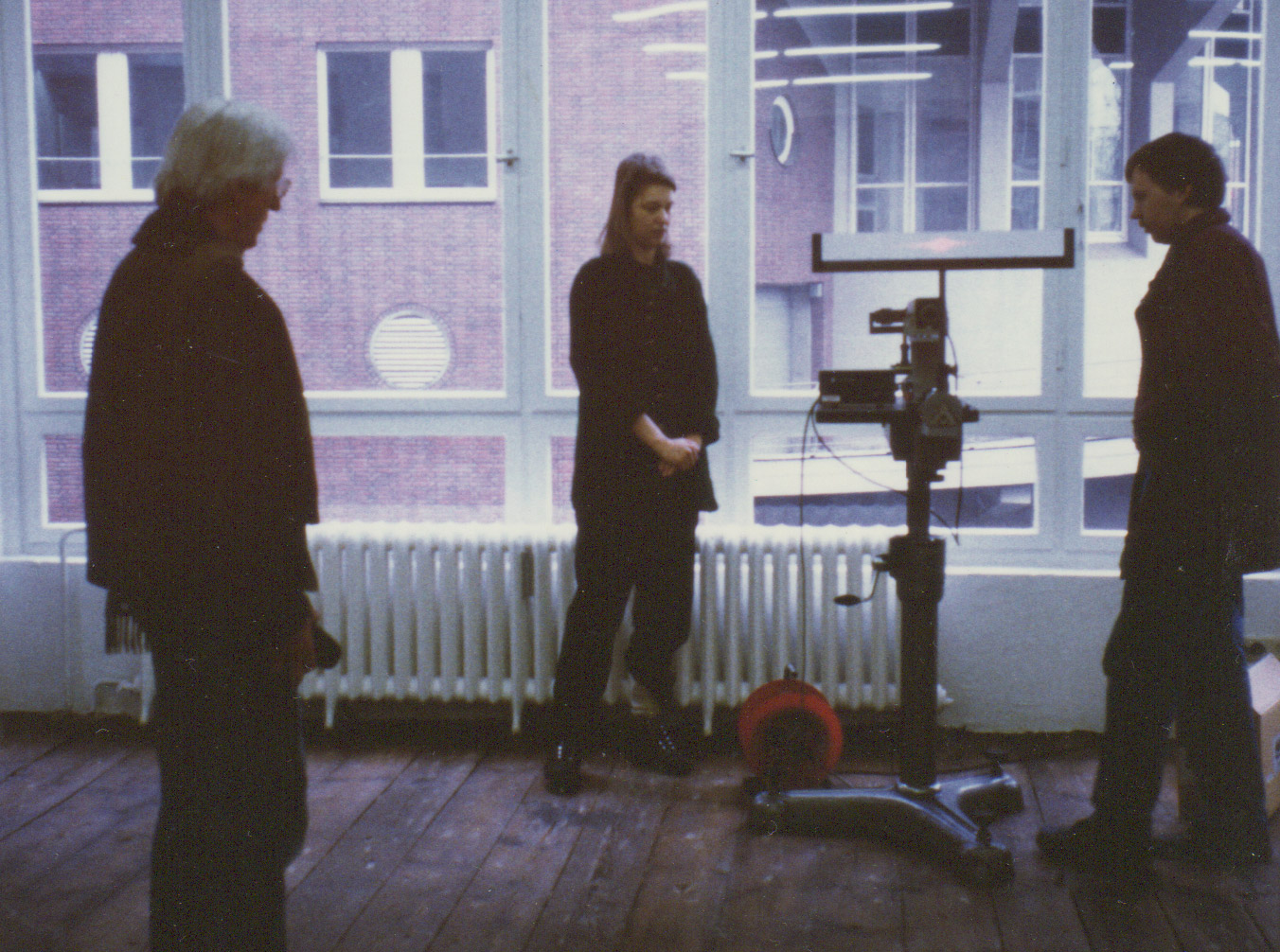 8 Double-slit experiment Transition Curve and Superelevation Ramp, Produzentengalerie, Hamburg, 1994
8 Double-slit experiment Transition Curve and Superelevation Ramp, Produzentengalerie, Hamburg, 1994
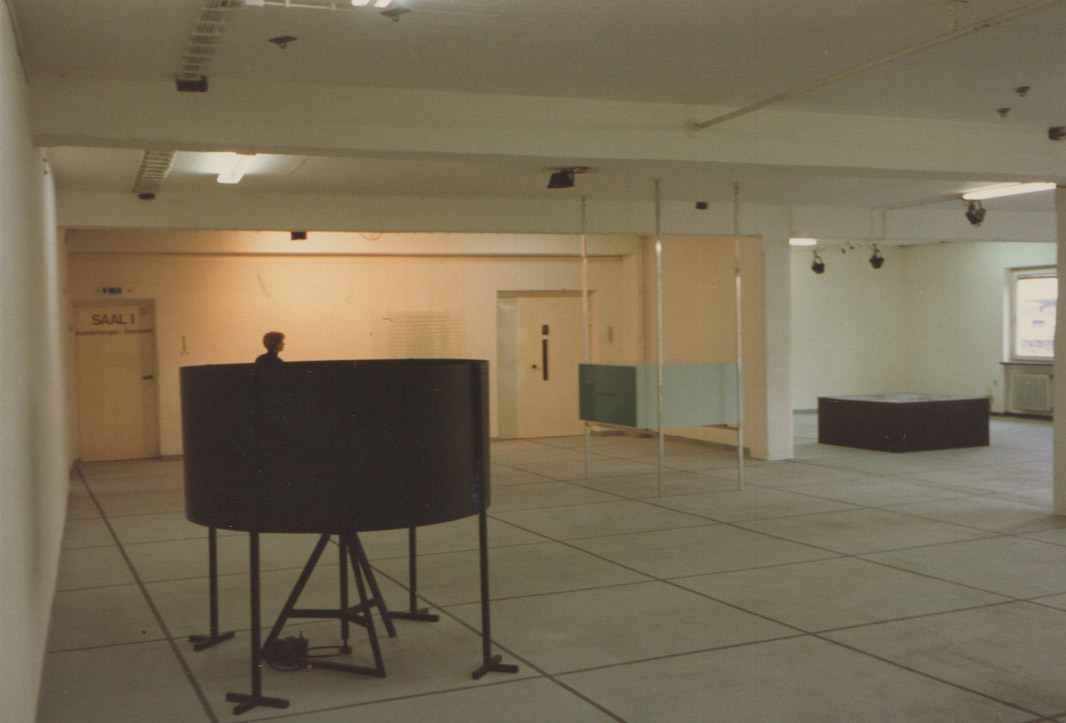 9
9
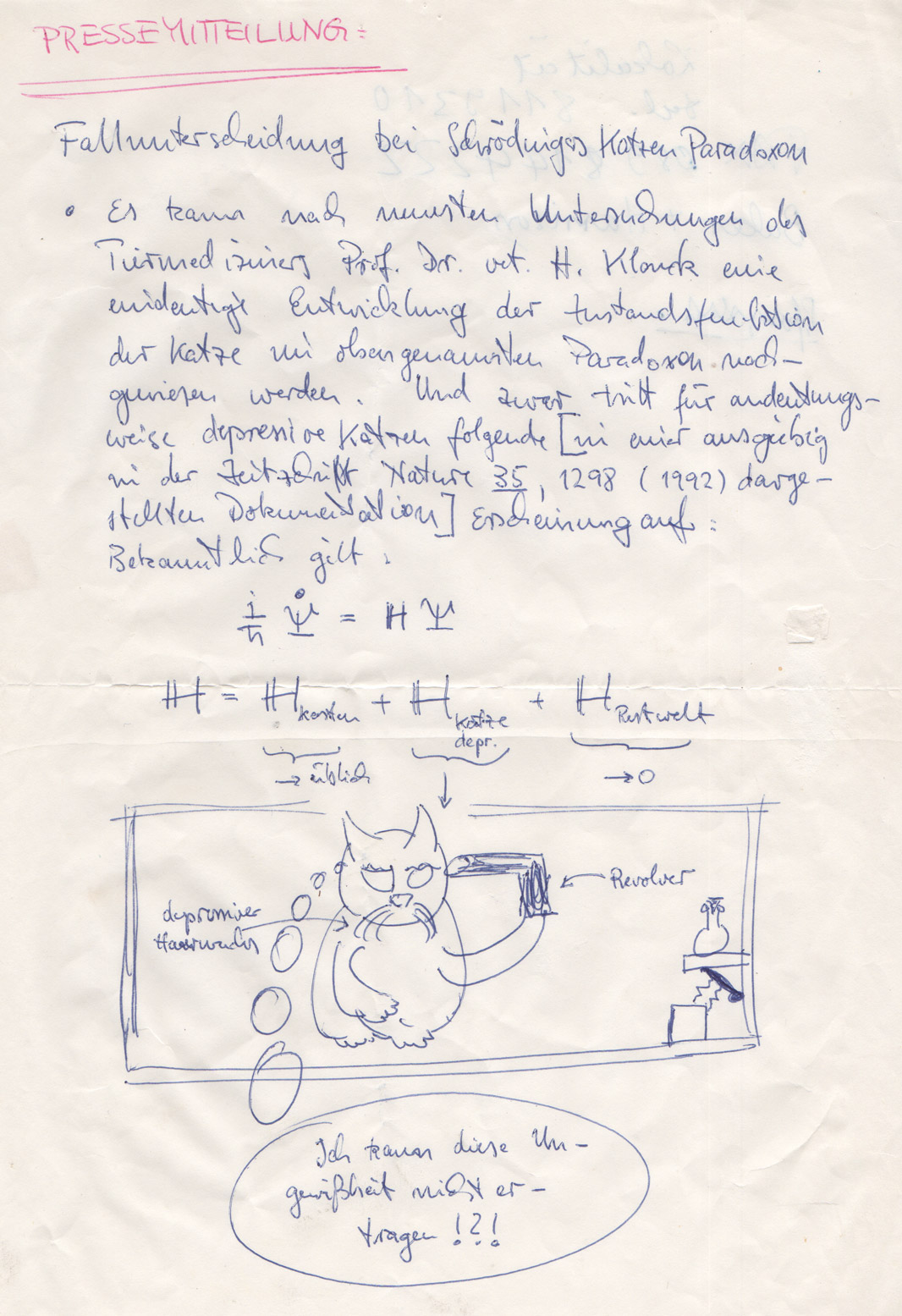 10
10

Ill. 1, 2, 3, photos: Christiane Meyer-Stoll
Ill. 4, graphic chart: Wolfram Hacklinger
Ill. 10, drawing: Ulf Seekamp